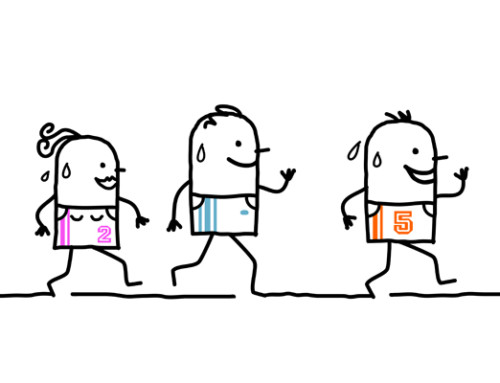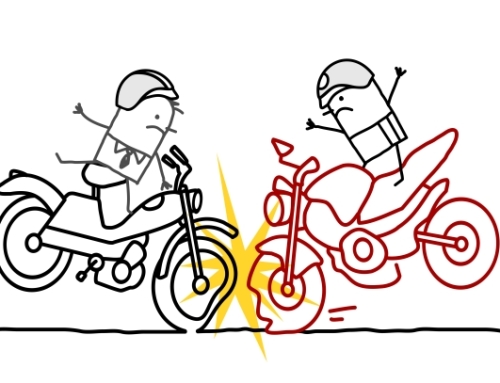Controlling your environment to reduce your exposure to urges and cravings, then practicing strategies to manage your urges and cravings is an effective approach to addressing your addictions.
A primary reason it can feel very difficult to overcome an addiction is the challenge of dealing with urges and cravings. Whether the addiction involves drinking, smoking, drugs, gambling, sex or eating disorder behaviours like binging and purging, my clients report that the frequency with which they have to battle urges combined with their feeling unable to resist the urges makes overcoming their addictions feel like an exercise in futility. The approach I use to help my clients in addiction counselling (along with eating disorder counselling) is one grounded in cognitive behavioural therapy and targets the two challenging aspects of urges and cravings I just discussed. In the following sections, I will elaborate on this approach.
An overview of the double-barreled approach
There are two stages to the double-barreled approach to addictions: (1) Take steps to control your environment to reduce the number of situations in which you experience urges and cravings; (2) Learn and practice strategies to manage your urges and cravings.
Stage 1 allows you to gain a sense of control over your addiction by limiting your exposure to ‘high-risk’ situations until you learn skills to manage your urges in these situations. Structuring your environment in this way can build confidence as it typically leads to a reduction in the frequency of urges and a concomitant reduction in the frequency of addiction behaviours.
Once you have made progress in Stage 1 by gaining some control over your exposure to high-risk situations, you are in a position in make further progress in Stage 2 by learning skills and strategies to manage high-risk situations. Being able to enter these situations without succumbing to the urges takes your ability to address your addiction to the next level. Learning skills to deal with urges effectively is necessary because even though you can reduce the number of situations in which you experiences urges, it is impossible to eliminate them. The breakthrough of Stage 2 involves successfully applying skills to challenge the common but mistaken assumption that you must necessarily give into your urges in order for those urges to dissipate.
How to implement Stage 1: Control your environment to reduce exposure to urges and cravings
To help my clients get started on reducing their exposure to urges and cravings, I have them draw three circles on a page. The inner circle represents the addiction behaviour (drinking alcohol, using drugs, etc.). The middle circle surrounding the inner circle represents high-risk situations which make it more likely the person will go to the inner circle. For example, being alone at home or going out with friends who drink could be middle circle situations for someone whose addiction behaviour is drinking. The outer circle contains ‘safe’ situations which are not associated with urges and therefore make it less likely the person will engage in the addiction behaviour. Spending time with one’s family or friends in settings with no alcohol present might be examples of outer circle situations for the issue of drinking. Once my clients have filled in the three circles, I help them take steps to spend as much time as possible in the outer circle and as little time as possible in the middle circle.
How to implement Stage 2: Learn and practice strategies to manage urges and cravings
The focus of strategies to manage urges and cravings is challenging the belief that you must give in to your urges and cravings in order for them to decrease in intensity. As an initial step in this direction, I encourage my clients to practice delaying the time by which they would ordinarily engage in their addiction behaviours following their experience of an urge or craving. Delaying your decision to act on your urges is facilitated by craving-management strategies which include:
(1) engaging in activities which switch your attention away from your urges; (2) using relaxation activities to decrease the stress associated with urges; (3) focusing on the negative consequences of engaging in the addictive behaviour; (4) using positive self-talk which bolsters the belief that you can refrain from giving in to your urges; and (5) urge-surfing—tracking the strength of your urges over time so you can discover that urges eventually decrease in intensity if you ‘surf’ through them.
Practicing these strategies allows clients to discover that they are able to ‘ride out’ their urges without engaging in their addiction behaviours. If you are struggling with an addiction, you can use the information from this article to your benefit. A psychologist with experience in cognitive behavioural therapy can guide you in learning and applying the skills which I discussed. These are the same skills I help my clients learn and apply in my work as a Calgary psychologist and a Cochrane psychologist.
May you win the battle with your addictions,
-Dr. Pat







Leave A Comment